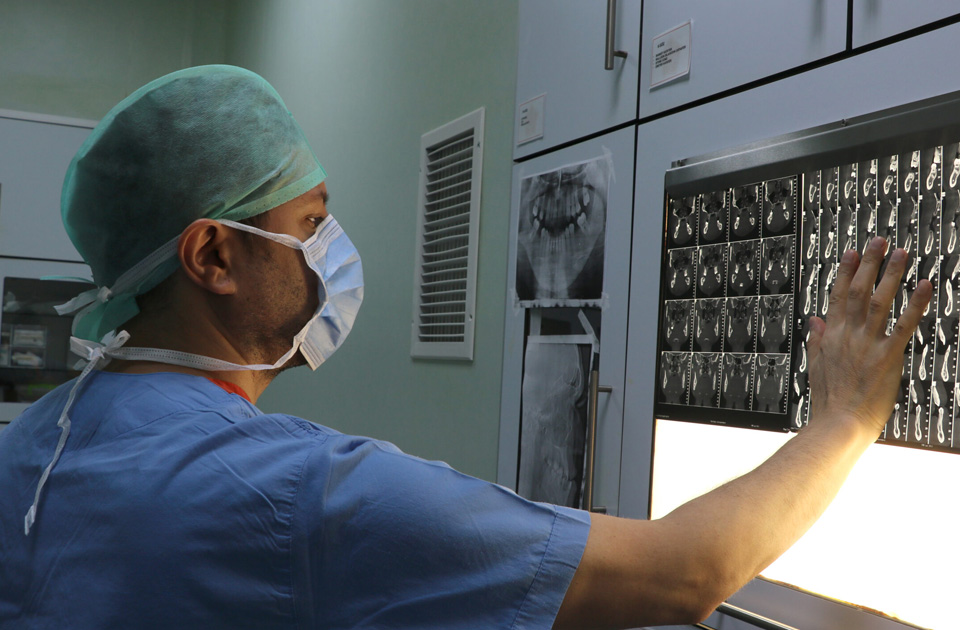Panaromic X-ray
If you do not have a panoramic X-ray from your previous examinations, dentists usually recommend that all new patients have a panoramic X-ray.
During the growth period, it is recommended that children routinely have panoramic X-rays between the ages of 6 and 8 to check that their teeth are developing correctly and in the correct position. This allows dentists to intervene early if they notice a problem in your child’s developing teeth.
It is also used to plan the treatment of full or partial dentures, shots, and implants.
A panoramic X-ray is required to plan the treatment of any patient considering orthodontic treatment.
Are dental X-rays dangerous to our health?
The amount of radiation in dental X-rays is very small. Most of our daily activities expose us to some amount of radiation. Microwaves and other electrical appliances, even sunlight, give you radiation. Getting on a plane will expose you to radiation.
Moreover, some precautions are taken to reduce the amount of radiation when taking X-rays. The lead in the apron given to you before the X-ray prevents radiation from coming to your body.
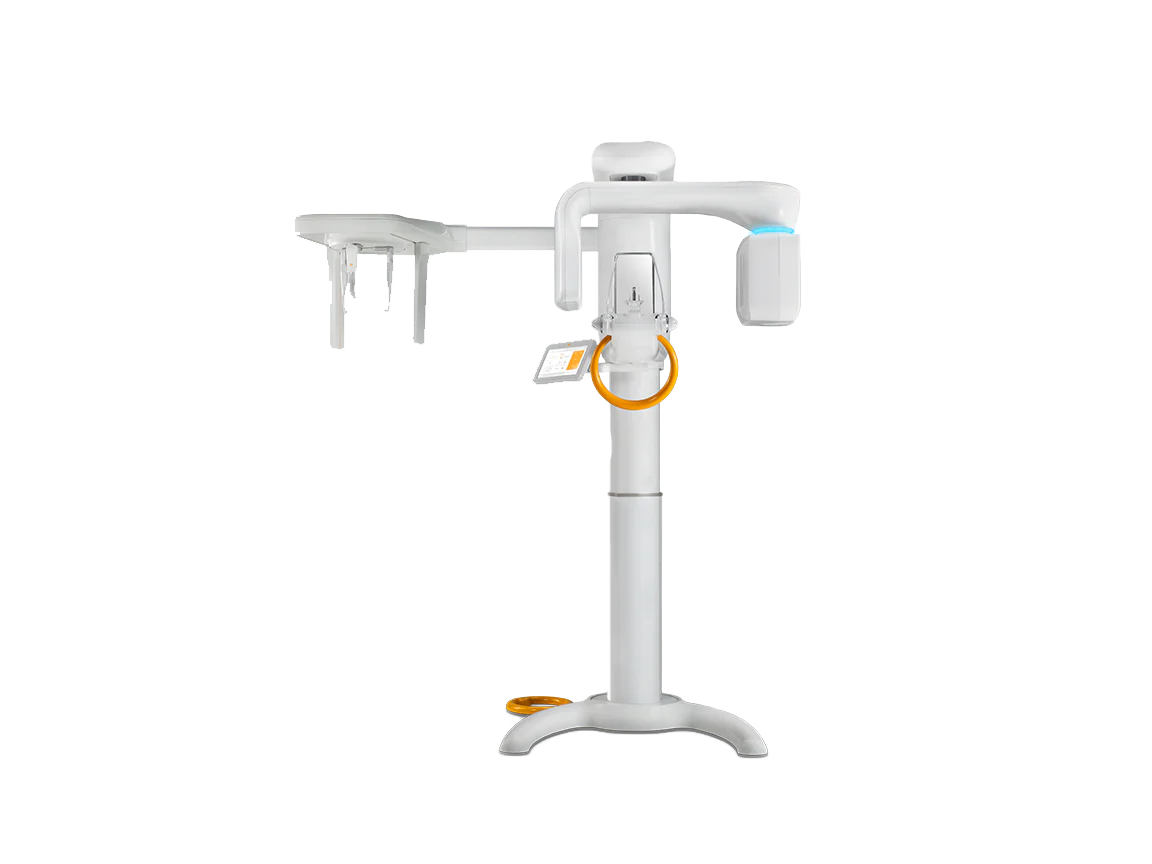
Cephalometric X-ray
X-rays are used to compare certain points on the face when the head is viewed from the right or left, often for orthodontic purposes.
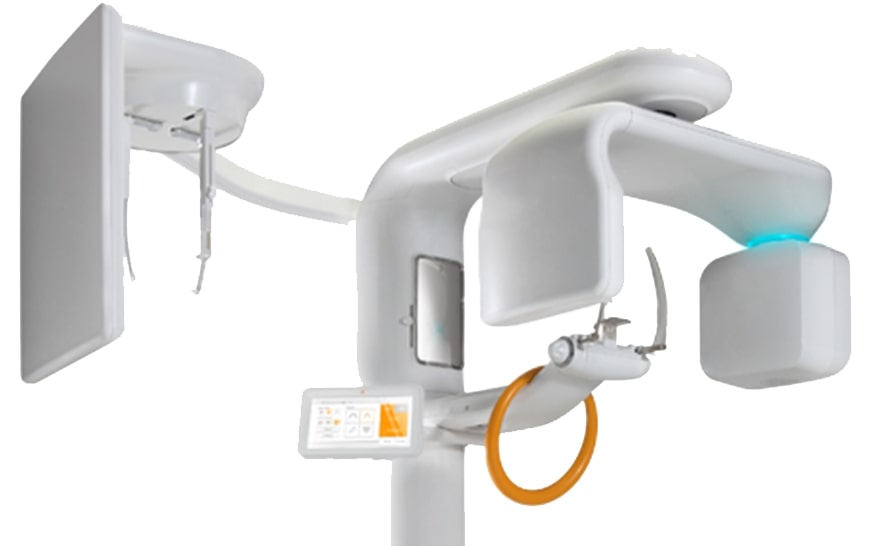
TMJ X-ray
Temporomandibular is a type of x-ray that allows imaging of the joint (jaw joint) and surrounding tissues.
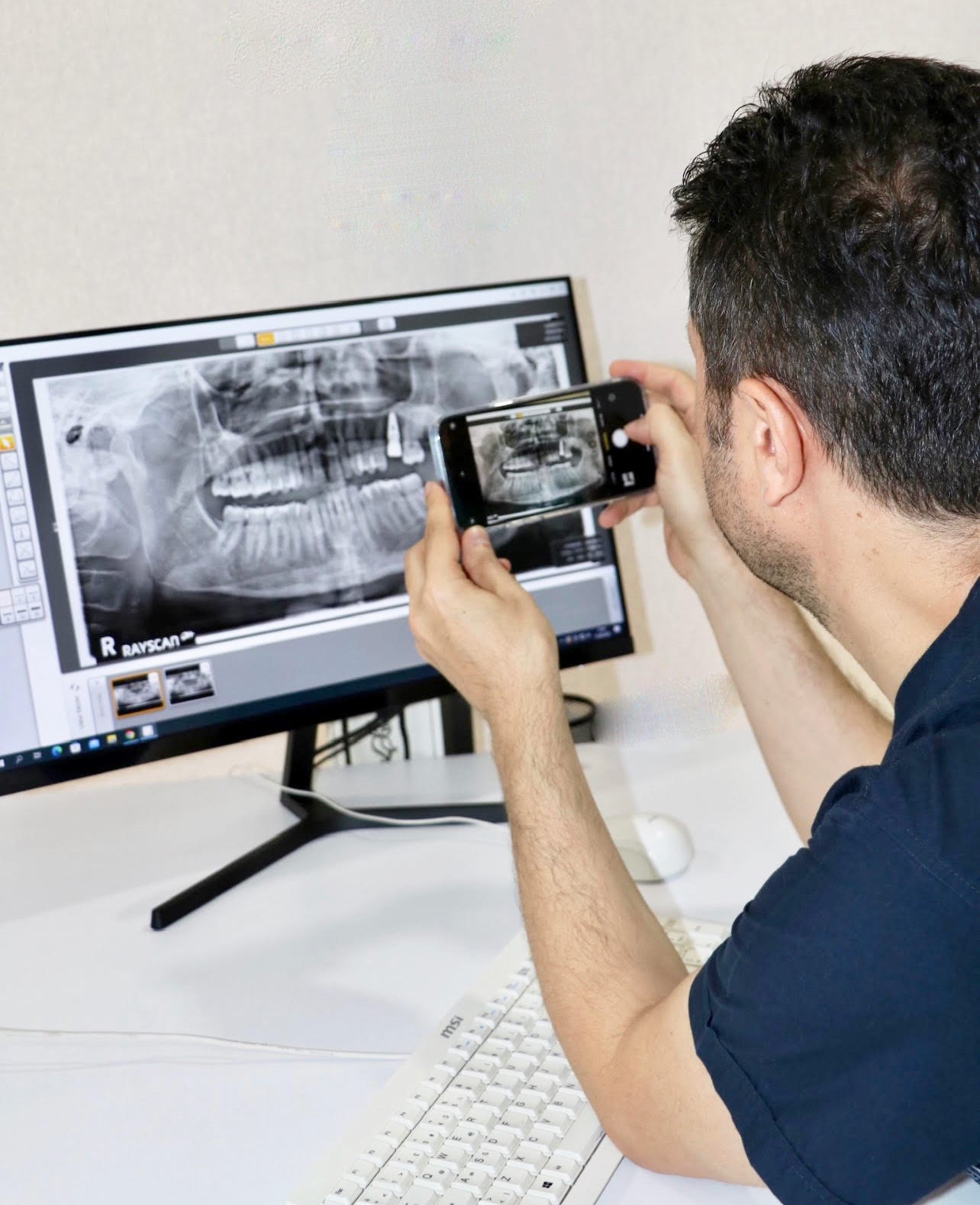
3D Tomography
In cases where diagnosis is limited with traditional imaging methods (panoramic, periapical, etc.) that enable two-dimensional examination, three-dimensional evaluation is required. The possibility of a three-dimensional view means that the dentist can see from different angles what is going on in the patient’s mouth for a better diagnosis and full evaluation. The image quality and resolution are very high.
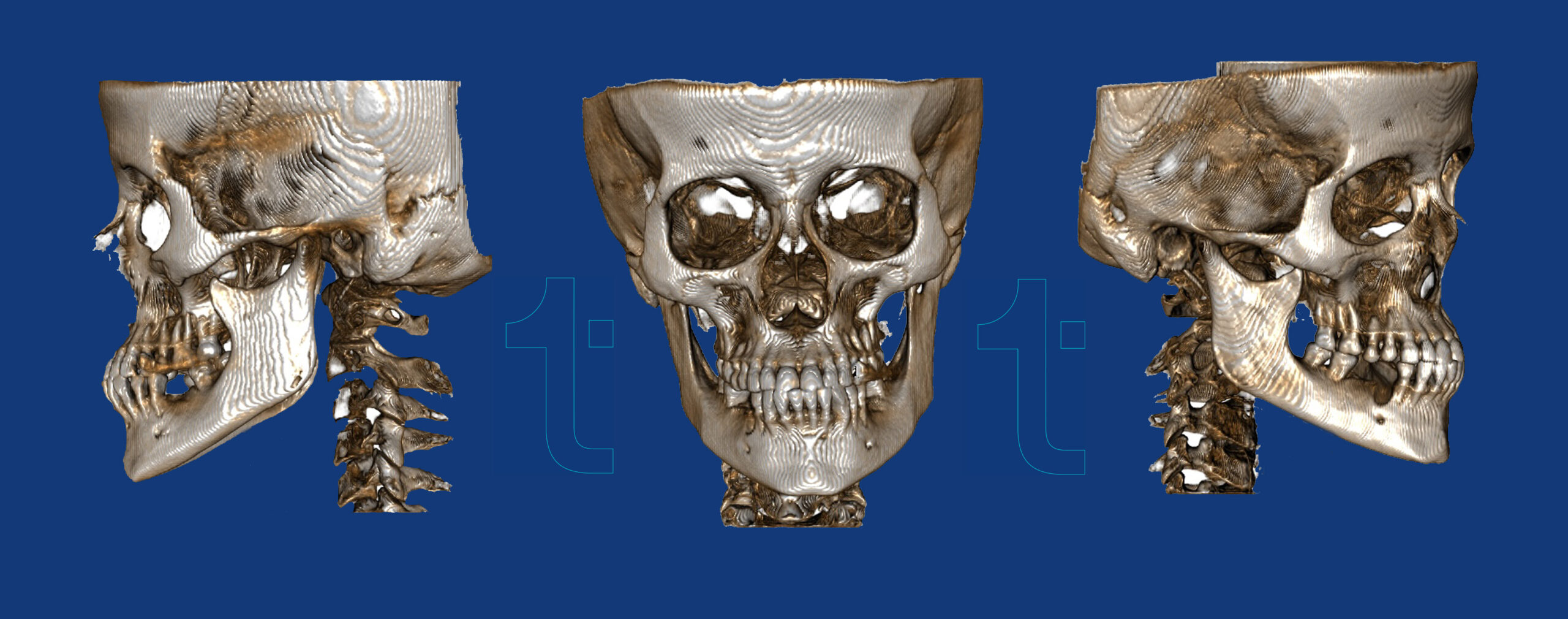
Periapical X-ray
Radiological method that takes a view of several teeth from inside the mouth.
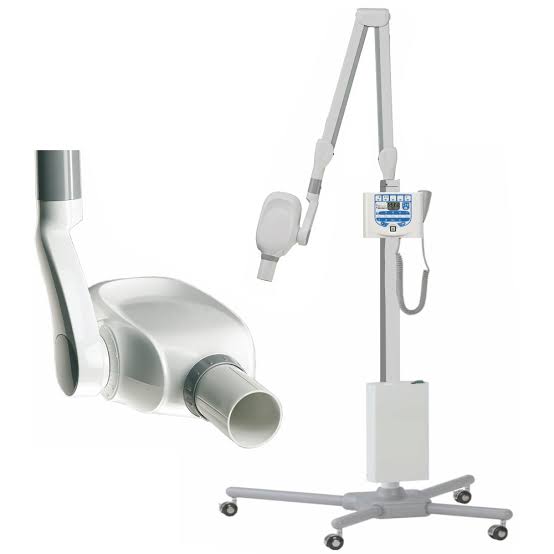
Why is Dental Radiology important? Why do we have a dental X-ray?
Dental X-rays show the general condition of your teeth, tooth roots, jaw placement, and bones. Dental X-rays also reveal cysts, tumors, and similar anomalies often without causing you any symptoms yet.
Are dental X-rays expensive?
Dental X-ray fees are determined based on the price tariff published by the Turkish Dental Association at the beginning of each year. Pricing will be made according to the type and number of x-rays you need in our clinic.
things to know?
Frequently Asked Questions About Oral Dental and Jaw Radiology
The frequency of x-rays varies according to the patient’s medical and dental history. Some people may need an X-ray every 6 months, others may need an X-ray every 2 years. Children also change with age. This period usually varies between 6 months and 1 years. Children can also monitor the development of their teeth with a dental X-ray.
If you do not have a panoramic X-ray from your previous examinations, dentists usually recommend that all new patients have a panoramic X-ray. During the growth period, it is recommended that children routinely have panoramic X-rays between the ages of 6 and 8 to check that their teeth are developing correctly and in the correct position. This allows dentists to intervene early if they notice a problem in your child’s developing teeth. It is also used to plan the treatment of full or partial dentures, shots, and implants. A panoramic X-ray is required to plan the treatment of any patient considering orthodontic treatment.
In cases where diagnosis is limited with traditional imaging methods (panoramic, periapical, etc.) that enable two-dimensional examination, three-dimensional evaluation is required. The possibility of a three-dimensional view means that the dentist can see from different angles what is going on in the patient’s mouth for a better diagnosis and full evaluation. The image quality and resolution are very high.
The amount of radiation in dental X-rays is very small. Most of our daily activities expose us to some amount of radiation. Microwaves and other electrical appliances, even sunlight, give you radiation. Getting on a plane will expose you to radiation. Moreover, some precautions are taken to reduce the amount of radiation when taking X-rays. The lead in the apron given to you before the X-ray prevents radiation from coming to your body.
It is known to be safe in all stages of pregnancy under normal conditions, but it is better to give the answer to this question to both your dentist and obstetrician. Never stop going to the dentist while you are pregnant! Fluctuating hormone levels can cause some problems in your mouth. During pregnancy, problems with the tooth or gum are more likely. If you have an infection in your teeth or gums, your baby will be more likely to be born prematurely or have a miscarriage.


